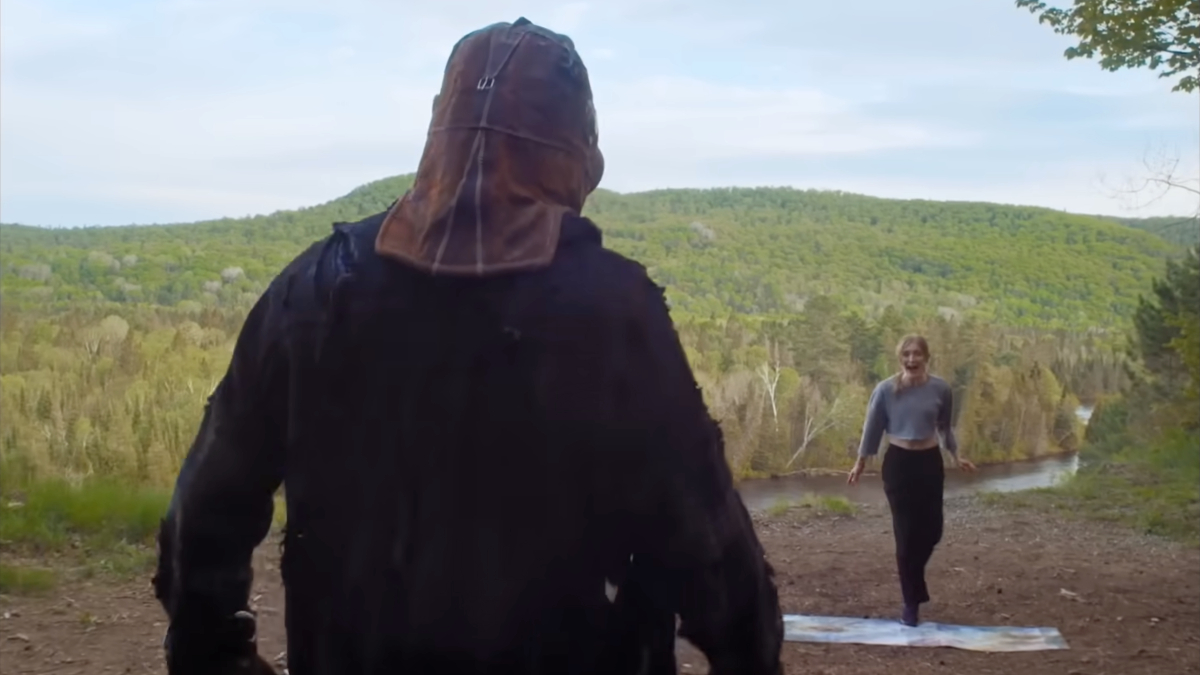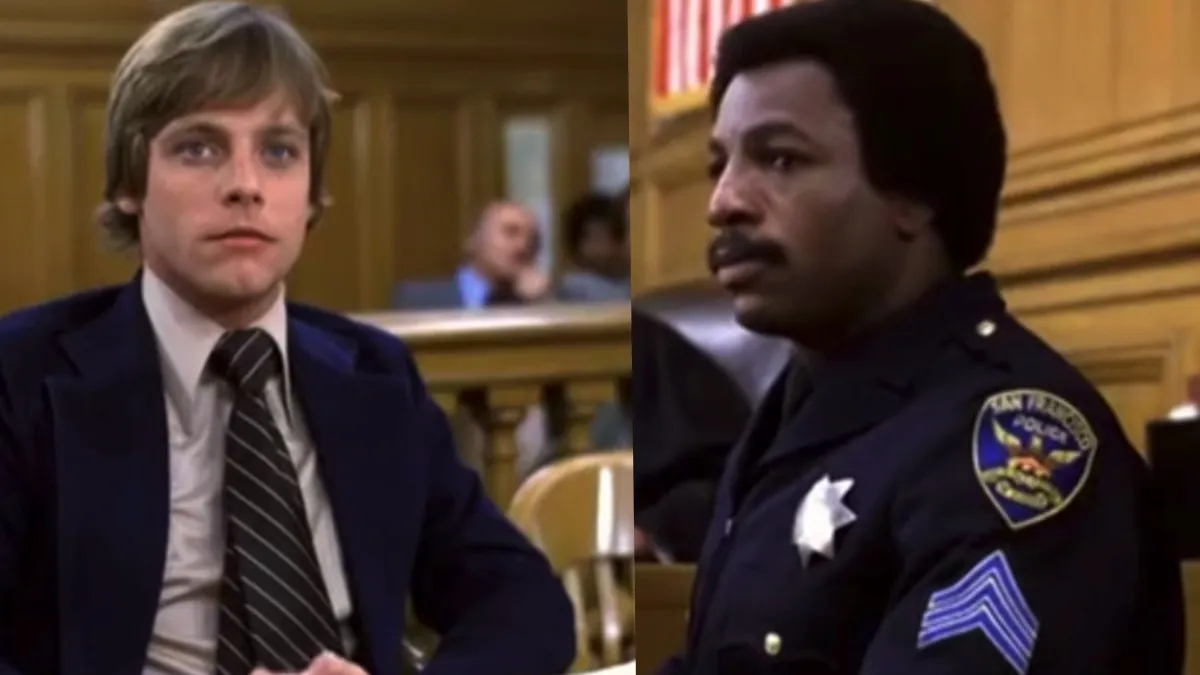
Inherent Vice opens with an eyesore. Off in the distance we see the lazy rolling waves of Gordita Beach. Going through the postcard-worthy motions of a quiet California night, the water is framed for us between complimenting rental homes. It’s a straight shot to the surf, if you can ignore the six-inch thick fence dividing the neighbors as it stretches from sidewalk to sand. Like many of the classic L.A.-based noirs that it’s ostensibly following the footsteps of, Inherent Vice’s plot is all about real estate and property. But as a crime story, the messy and marvelous new feature from Paul Thomas Anderson is less concerned with folks being rubbed out than it is with the ones getting squeezed out.
Inherent Vice is a great L.A. film that nonetheless resists making the city, or its warped version of it, the star. The claustrophobia instilled by the film’s many extended close-ups lets you learn the inroads and curves of faces instead of the streets containing them. Understated but intricate Steadicam shots are a signature of Anderson’s, but the longest unbroken takes in Inherent Vice rarely cover more than a few meters on foot. The love and living may try to be free, but the sense that the walls are closing in around Gordita Beach’s fringe community is inescapable.
Faithfully, yet (even at 148 minutes) efficiently adapting the novel of the same name by Thomas Pynchon, Inherent Vice is a unique, hilarious, and sometimes rattling strain of detective story. When the title card lights up and the groove of Can’s “Vitamin C” takes over, what starts as a simple kidnapping investigation becomes more strange and hazy by the minute. It’s a delicate act, but Inherent Vice masterfully stumbles between bouts of euphoric silliness and calculated paranoia in order to mimic the heightened sensation brought on by the film’s drug of choice.
Connecting the many, many strands of Anderson’s unkempt weave of waning American hippie culture is Larry “Doc” Sportello (Joaquin Phoenix), a private investigator and opiate enthusiast. Hairy, small, and resolute, Doc is a pesky piece of lint the square authorities of 1970 can’t seem to brush off. Using his particular brand of “enhanced” deduction, Doc winds up tying together a litany of flavorful characters and conspiracies operating out of Pynchon’s fictionalized backyard. Out of loyalty or stupidity, Doc gets involved with a high profile kidnapping involving his ex-old lady, Shasta Fay (Katherine Waterston), and a wealthy land baron. It’s not long before the simple case makes Sportello the common element between neo-Nazis, anti-government guerillas, heroine cartels, crooked dentists, and all manner of other colourful types.
Technicals are the surest ground upon which to recognize the brilliance of Inherent Vice. Anderson’s legacy of directorial superiority is bolstered rather than tarnished by working with a canvas that’s frequently cramped, but immaculately detailed. Byproduct of period aesthetics or not, the rich texture of Inherent Vice’s visuals is matched by the depth of its cast, which is packed tight with scene-stealing turns from Reese Witherspoon, Josh Brolin and Benicio Del Toro, to name just a paltry few.
Stringing the whole thing together are Phoenix and Waterston. With The Master’s Freddy Quell, Phoenix and Anderson crafted a Christmas cracker designed to be popped open, and rooted around in to see what was inside. By contrast, Doc’s an open book from the first scene, his presence in almost every frame of the film meant to guide us through the case’s inter-state web of intrigue. It’s a privilege Phoenix earns with gusto, though in much less time, Waterston makes Shasta every bit the intoxicating and charismatic woman Doc thinks is worth stepping into a mess of trouble for.
The dependable quality of performance and direction are among the few things in the film you can safely predict. For a book more about pursuing a vibe than a breadcrumb trail, Pynchon made sure to connect each disparate conspiracy at play in Inherent Vice, no matter how illogically. Anderson stays true to the skeleton established by the source material, but doesn’t labor to clarify plot points and connective tissue. There’s a method to the madness, but it’s obscured by whatever new wild card ends up in Doc’s orbit, or narcotic makes its way into his system. As things progress, Joanna Newsom’s pitch perfect, inexplicably omniscient narration becomes less and less concerned with telling you what’s going on, and more reflective of how Doc’s drug-addled mind handles every bizarre turn.
Though it’s tempting to assume that half of what happens in the film can be chalked up to hallucination, Inherent Vice’s comic absurdism and period aesthetic belie a concerning and timely examination of disappearing counter-culture. When straight is hip, and subversion has been co-opted, you don’t even need drugs to make the world look topsy-turvy. Inherent Vice might often appear schizophrenic, but that’s what happens when a film so in-tune with the emotional wavelengths of its world has to blunt them with drugs just to operate. So just sit back, relax, and enjoy the ride. There’s nothing else quite like Inherent Vice, and it’s one of the best trips you’ll take all year.

















